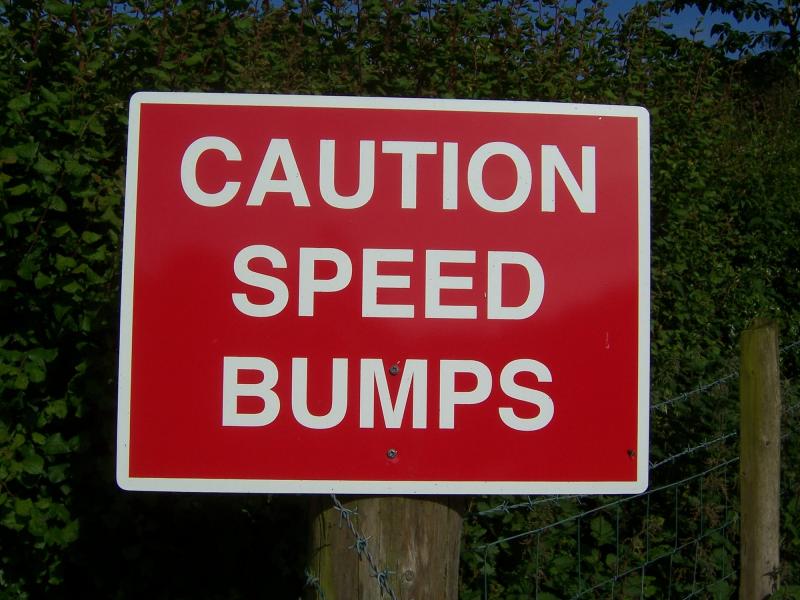Speed Bumps
Why speed bumps don't work
The control of speeding in residential neighborhoods, while maintaining acceptably safe street and roadway conditions, is a widespread concern which requires persistent law enforcement effort.
The inability of posted speed limit signs to curb the intentional violator, leads to frequent demands for installation of "speed bumps" in public streets and alleys.
- Actual tests of experimental designs have demonstrated the physical inability of a speed bump to control all types of lightweight and heavyweight vehicles successfully.
- In fact, a soft sprung sedan is encouraged to increase speed for a better ride, while some vehicles may lose control.
- Increased emergency vehicle response time.
- Drivers braking for a speed bump may subject themselves to a possible rear end collision with an inattentive driver following too closely.
Speed bumps cause damage
- Speed bumps inflict severe stress on vehicle suspension parts.
- The possibility exists for vehicle damage and subsequent loss of steering control, with catastrophic results.
- Speed bumps pose a major maintenance problem particularly on those roads routinely snow plowed during the winter months.
Speed bumps officially rejected
Courts have held public agencies liable for personal injuries resulting from faulty designs.
Speed bumps have been officially rejected as a standard traffic control device on public streets and alleys.
- Increased hazard to the unwary
- Challenges to the daredevils
- Disruption of the movement of both emergency and service vehicles
- Undesirable increase in noise

